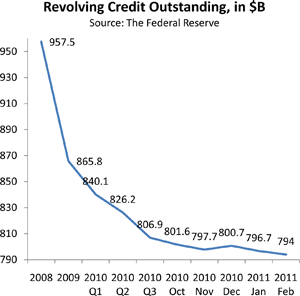Understanding Flat Rate Merchant Account Pricing

One of our biggest ongoing challenges at UniBul Merchant Services has been coming up with a pricing structure that would be both highly competitive and easy to understand. The types of models we’ve used so far have been either cost-efficient, but hard to comprehend or quite simple, but somewhat expensive for our merchants. We just weren’t able to accomplish both objectives in one pricing model. But we never stopped trying and have now designed the flat rate merchant account pricing plan that we believe is as simple as they get, while still quite cost-efficient.
The Merchant Account Pricing Status Quo
Before I review our new pricing structure, I’d like to say a few words about the two dominant models: the interchange-plus and tiered pricing models. Full disclosure: we offer them both. These are quite different pricing structures and their main features are as follows:
- Tiered pricing. This type of pricing comes in several types, based on the number of tiers used. The most widely used are the two-tiered and three-tiered pricing models, where the merchant’s transactions are processed at a qualified, mid-qualified (in the three-tier model) and non-qualified rate, each progressively higher than the one before.
- Qualified are transactions involving regular consumer types of cards, processed in the way agreed to in the merchant agreement.
- Mid-qualified are transactions involving a special type of card (e.g. rewards, business-to-business, etc.) or that are processed not exactly in accordance with the merchant agreement.
- Non-qualified are transactions again involving a special type of card or that are not processed according to the merchant agreement or are not in compliance with some security requirement.
Even though the difference between a mid-qualified and non-qualified transaction can be quite arbitrary and a cause of frequent disputes, this is a pricing structure that merchants generally understand. The problem with this model is that merchants are often significantly overcharged. The reason is that the discount rate for each tier must be set at a level that is high enough to ensure that the processing bank does not lose money on any transaction.
This is where we enter the area that is often hard to understand. Processors can lose money on a transaction if they charge less than the interchange fee, which is the fee they pay to the card issuing bank. The problem is that there are dozens of interchange fees, which can vary quite substantially. So what ends up happening is that, with the tiered pricing models, some transactions can be processed at a rate that is only ten basis points over interchange, while others can be processed at a rate that is 150 basis point above interchange or more. This is clearly not merchant-friendly. - Interchange-plus. Interchange-plus emerged as an attempt to resolve the issue described above. It works by adding the processor’s mark-up fee to whatever the interchange rate happens to be. The reason it is merchant-friendly is that the processor’s fee remains the same for all transactions, ensuring that the merchant is never overcharged for any transaction, as there is nothing we can do about the interchange fees. Unfortunately, that is not necessarily the way the merchant sees it, because as I already said, interchange rates vary, causing the merchant’s discount rate to fluctuate accordingly. So when the merchant looks at his statement, he sees dozens of different rates and he doesn’t know what to make of them.
So for years we’ve been struggling to convince merchants that interchange-plus is the way to go. To be fair, many merchants, especially those with previous processing experience, explicitly ask for it. Nevertheless, the fact remains that the vast majority find it way too complex and simply don’t trust it and, by extension, don’t trust us when we propose it.
Flat Rate Merchant Account Pricing
The flat rate merchant account pricing is an attempt to find a middle ground between the two pricing structures reviewed above. Its main features are as follows:
- One rate for all types of MasterCard and Visa cards (including rewards, commercial, business-to-business, etc.).
- No mid-qualified and non-qualified fees.
- No transaction authorization fees.
So you have one single rate at which all transactions are processed. You just can’t make it any simpler than that. Now, this rate has to be higher than a typical qualified rate, for the reasons having to do with interchange fees that were described above. On the other hand, this single rate has to be low enough if it is to be appealing to merchants, which helps prevent overcharging.
Credit Card Processing Takeaway
Our flat rate merchant account pricing has only been active for a few weeks, but the initial signals are positive. Inquiries are steadily increasing, mostly coming from merchants currently accepting credit cards. This tells us that we may be on the right path, although it is still too early to tell. We’ll keep you posted on our progress.
Image credit: Merchantpaymentgateway.blogspot.com.



great article..This is a nice post as it read well
I agree. Easy to follow and understand. This is what we’re trying to teach to new merchants! Thanks for sharing!
The flat rate pricing info specifically excludes everything other than Visa and MC With the flat rate merchant account, what is the rate for Discover and Amex?